AD8302 RF Logarithm Detector
Key attributes of the product include:
The phase difference of two columns with identical signal frequency is typically calculated through electrical instrumentation and data processing using synchronized detection, as well as by examining the phase-frequency characteristics of the network. However, traditional phase meters have limited frequency range and accuracy.
The AD8302 RF Logarithm Detector is a precise tool for determining the phase difference between two signals up to 2.7 GHz, as well as calculating their amplitude ratio (gain) / loss. This is achieved through the use of dual-band logarithmic detectors, which align perfectly with the logarithmic compression principle of the amplifier.
As such, this device is applicable in the measurement of both gain and phase difference in various circuits, including amplifiers and mixers. Furthermore, it is especially well-suited for identifying wireless base stations.
The internal components of AD8302 include two precisely matched demodulated log amplifiers, a broadband phase detector using the multiplier method, three summing circuits (& sum;), a group of output amplifiers, biasing circuits, and reference buffers. The input signal can be either single-ended or differential in nature.
Instructions for use:
AD8302 RF Logarithm Detector output signals are VMAG and MEST for gain, and VPHS and PSET for phase difference. These outputs work in the default slope and center point measurement mode. The proportionality coefficient for phase difference is 10mV / °, with a range of -180 ° to 0 °. The determination of positive or negative phase difference between the two signals depends on the slope.



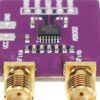
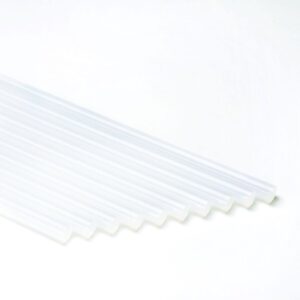
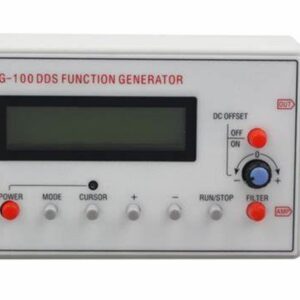
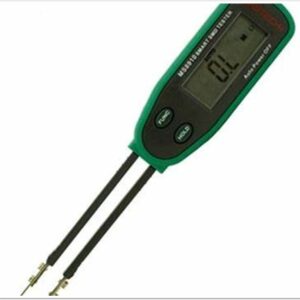
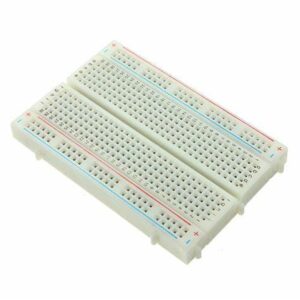
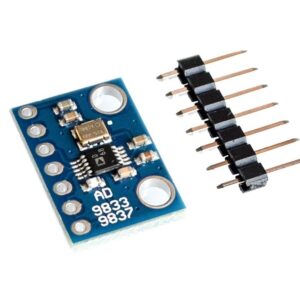
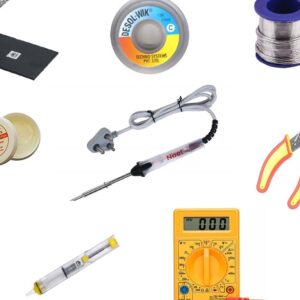
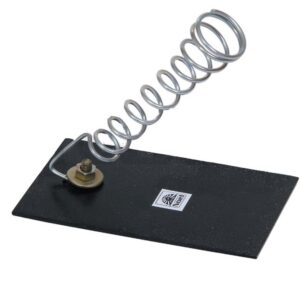



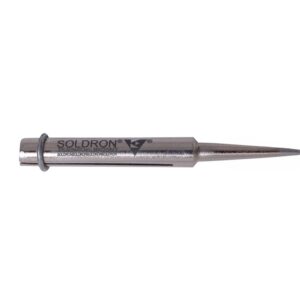
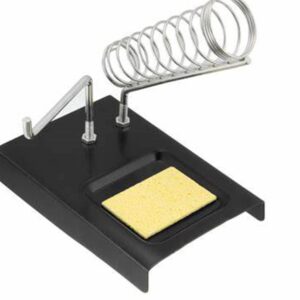
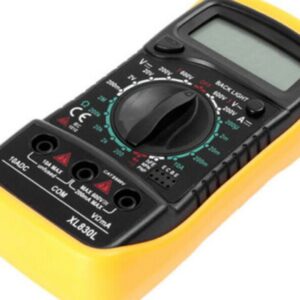

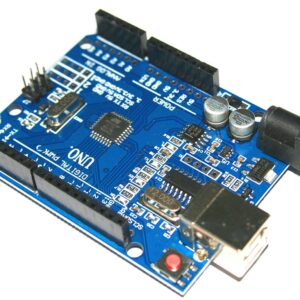

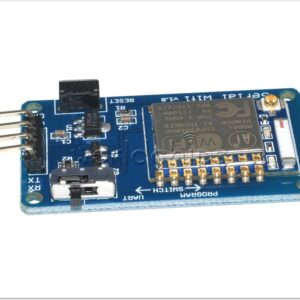

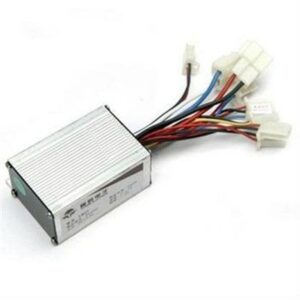
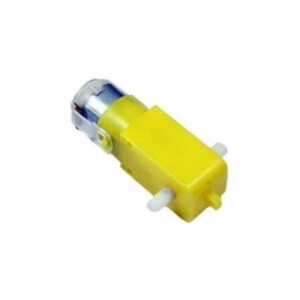


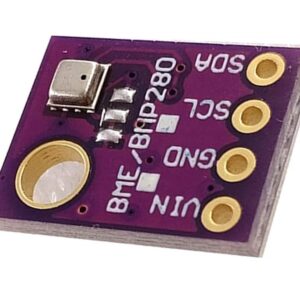

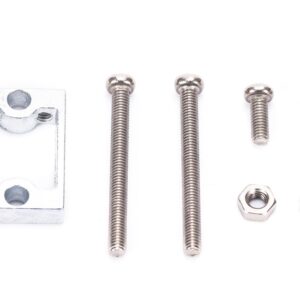

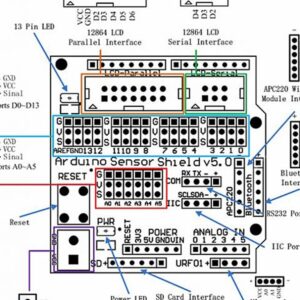
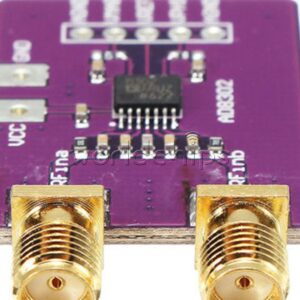

There are no reviews yet.